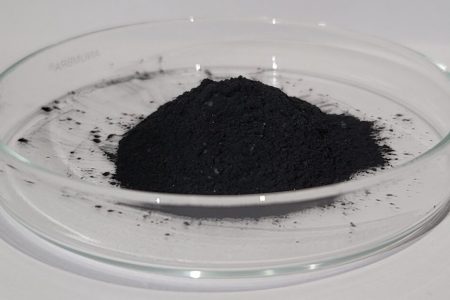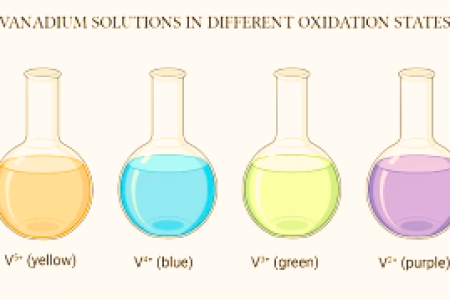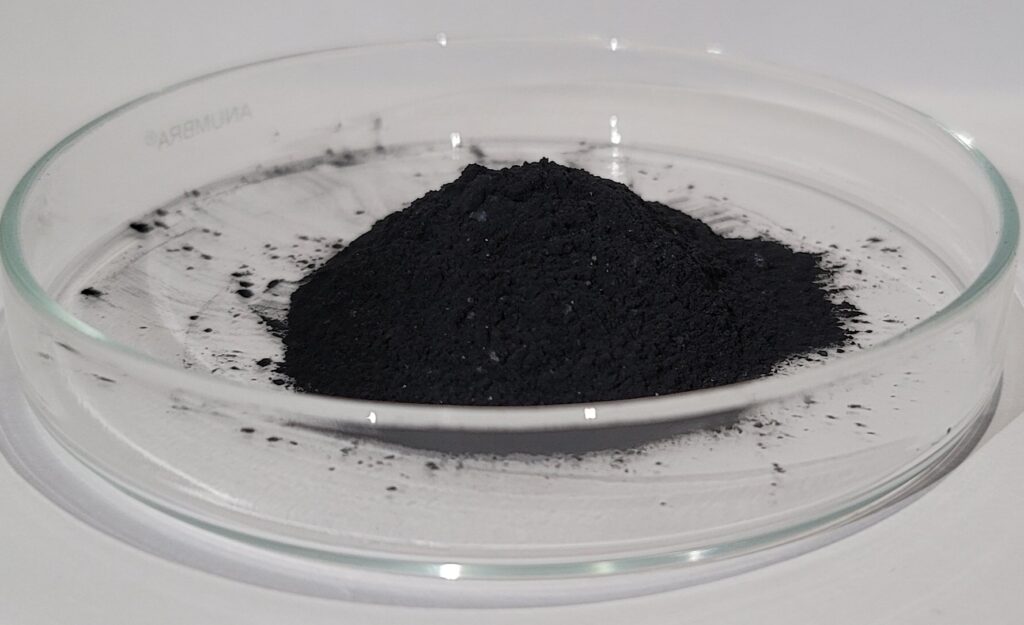Nano Vanadium Dioxide (VO₂): Revolutionizing Energy-Efficient Glazing
Nano Vanadium Dioxide (VO₂) holds immense promise for cutting-edge technologies. Among its myriad applications, one stands out: energy-efficient glazing for windows and glass facades.
Key Points:
Thermochromic Properties: VO₂ exhibits fascinating thermochromic behavior. At room temperature, it remains in an insulating state (monoclinic phase). However, as temperatures rise, it undergoes a metal-insulator transition (MIT) and becomes metallic (rutile phase).
Critical Temperature: Above a certain critical temperature near room temperature, VO₂ thin films and nanoparticle composites selectively transmit less solar energy. This property makes them ideal for controlling heat gain in buildings.
Energy Savings: By incorporating VO₂-based glazing, structures can reduce solar heat gain during hot periods, enhancing energy efficiency. Conversely, during colder months, the material allows solar energy to pass through, contributing to passive heating.
Applications: Beyond buildings, VO₂ finds applications in smart windows, sensors, and actuators.
As a leading manufacturer, we specialize in high-quality VO₂ materials. Explore our offerings and join us in shaping a sustainable future!
Nano Vanadium Dioxide (VO₂): Revolutionizing Energy-Efficient Glazing
Nano Vanadium Dioxide (VO₂) holds immense promise for cutting-edge technologies. Among its myriad applications, one stands out: energy-efficient glazing for windows and glass facades.
Key Points:
Thermochromic Properties: VO₂ exhibits fascinating thermochromic behavior. At room temperature, it remains in an insulating state (monoclinic phase). However, as temperatures rise, it undergoes a metal-insulator transition (MIT) and becomes metallic (rutile phase).
Critical Temperature: Above a certain critical temperature near room temperature, VO₂ thin films and nanoparticle composites selectively transmit less solar energy. This property makes them ideal for controlling heat gain in buildings.
Energy Savings: By incorporating VO₂-based glazing, structures can reduce solar heat gain during hot periods, enhancing energy efficiency. Conversely, during colder months, the material allows solar energy to pass through, contributing to passive heating.
Applications: Beyond buildings, VO₂ finds applications in smart windows, sensors, and actuators.
As a leading manufacturer, we specialize in high-quality VO₂ materials. Explore our offerings and join us in shaping a sustainable future!
Cutting-Edge Research on VO₂ Nanostructures
Recent advancements in VO₂ nanostructures have opened up new avenues for research and development. State-of-the-art fabrication methods have led to the creation of thin films and low-dimensional structures (LDSs) that are integral to the next generation of electric and optical devices
The Phase-Transition Phenomenon of VO₂
The metal-insulator transition (MIT) in VO₂ is a subject of intense study due to its rapid and reversible nature. Understanding the underlying mechanism—be it lattice distortion or electron correlations—is crucial for harnessing VO₂’s full potential.
Innovations in VO₂ Applications
Beyond smart glazing, VO₂’s unique properties are being leveraged in areas such as adaptive camouflage, thermal management systems, and even in wearable technology. These innovations are paving the way for smarter, more responsive materials.
VO₂ in Environmental Control
Nano Vanadium Dioxide’s ability to regulate temperature can significantly reduce the carbon footprint of buildings. It’s not just about energy savings; it’s about creating a sustainable environment for future generations
Stay ahead of the curve with our Nano Vanadium Dioxide solutions. Whether you’re looking to enhance your product’s performance or contribute to a sustainable future, we have the expertise and materials you need. Discover more on our website!







